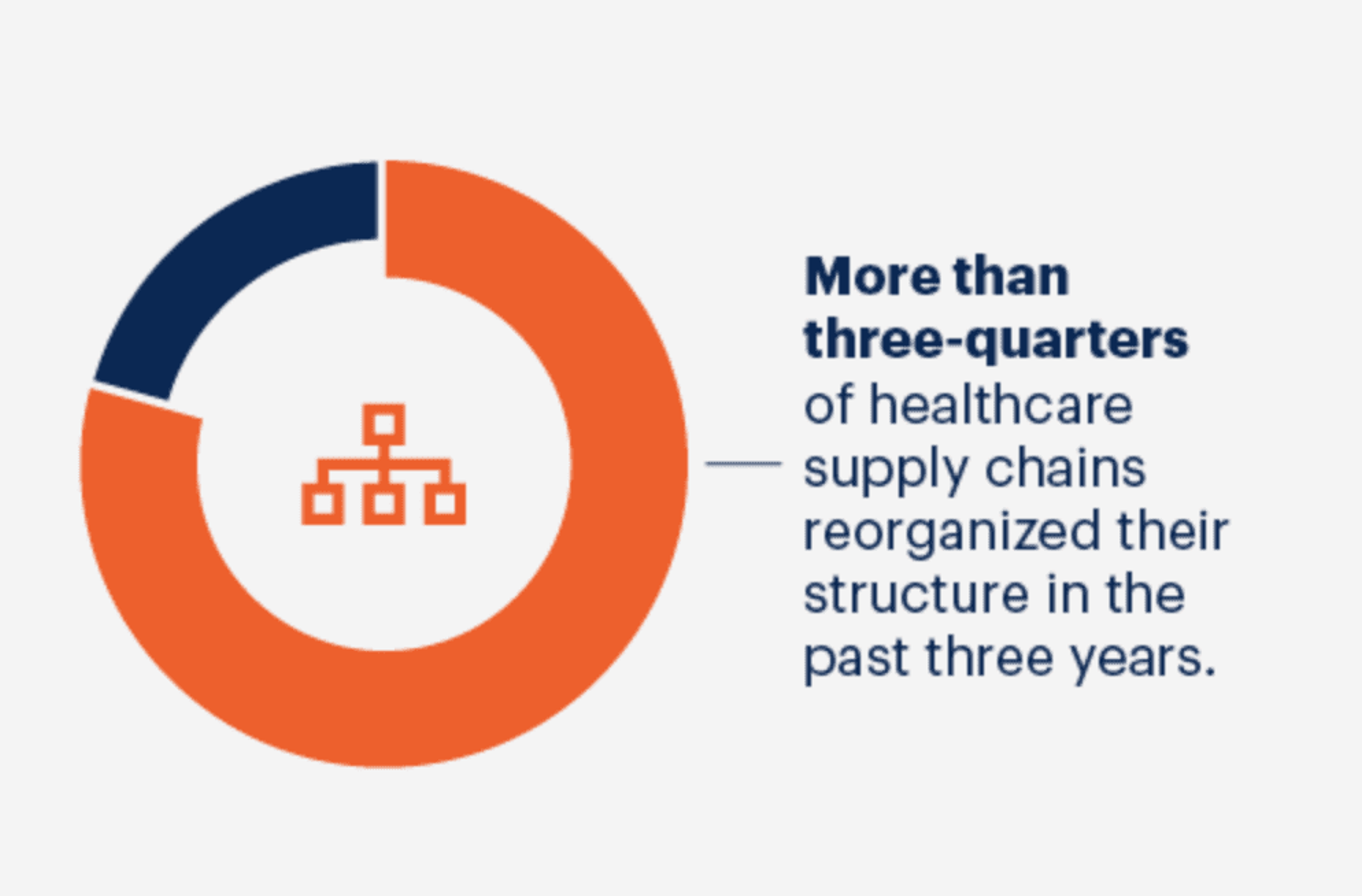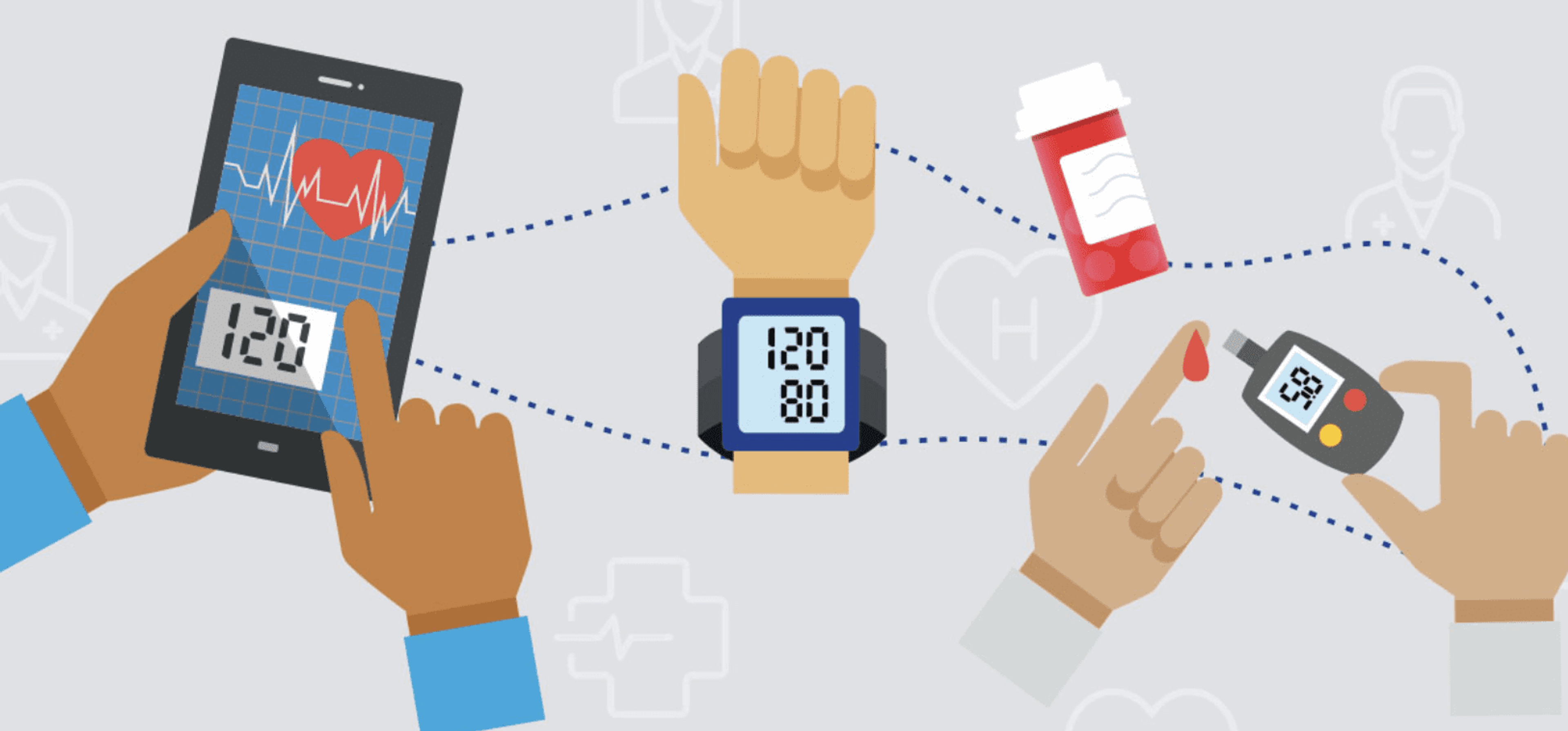blog
How to Get Healthcare Supply Chain Management Right

SECTIONS
Global shortages and disruptions from the COVID-19 pandemic exposed vulnerabilities in the healthcare supply chain in 2020 and the following years. Studies have since found that while supply chain spending accounts for 40% of total external spending in healthcare organizations, optimizing healthcare supply chains can:
- Increase resilience
- Improve care quality
- Raise physician satisfaction
- Reduce outlays by 10%
This guide covers practical steps organizations can take to establish effective healthcare supply chain management.
Key Takeaways:
- Healthcare supply chain management (HSCM) has become a critical priority in the industry.
- HSCM is the business management process for ensuring the reliable delivery and availability of healthcare goods and services.
- Organizations can build strong healthcare supply chains through the implementation of practical steps outlined in this guide.
- Embracing technology and adapting to shifts in healthcare delivery models can significantly enhance the effectiveness and resilience of healthcare supply chains.
What Is Healthcare Supply Chain Management?
Healthcare supply chain management (HSCM) refers to the regulation and optimization of the flow of medical goods and services within the healthcare sector. It aims to manage resources efficiently, reduce waste, and ensure healthcare professionals have the necessary equipment, medications, and supplies. Given the disproportionate impact of the recent COVID-19 pandemic on healthcare, HSCM has become a critical area for improvement.

Image Source: Gartner.com
The HSCM process begins with procurement, which involves sourcing and purchasing high-quality medical goods. Next is inventory management, where organizations track supplies and maintain optimal levels. The final step, distribution, ensures these resources reach the right place at the right time, including hospitals, pharmacies, and clinics.
Additionally, HSCM encompasses the management of information flowing in the opposite direction, such as usage data and demand forecasts, to inform future procurement and distribution decisions. This data-driven approach enables a responsive and agile supply chain that meets the needs of an industry where the timely availability of supplies directly impacts patient care and outcomes.
6 Tips for Optimizing Healthcare Supply Chain Management
Implement these six steps to create an effective healthcare supply chain.
1. Understand the Economic Landscape
Recognizing ongoing challenges and their potential effect on your supply chain is crucial for successful management. You need to understand how economic conditions impact supply availability, pricing, and transportation logistics.
This informs you on how the economic landscape may affect your organization’s budget and the financial capabilities of your partners. By proactively understanding the economic landscape, you can anticipate potential issues and develop strategies to mitigate risks associated with economic fluctuation.
2. Prioritize Cost Efficiency
A recent survey revealed that 78% of hospital supply chain leaders value cost efficiency above all else. Strategies that yield consistent value, such as standardizing manufacturers and supplies and consolidating purchases, have merged as top priorities. As healthcare organizations adapt to increasing costs, finding ways to maximize efficiency and minimize waste within the supply chain becomes crucial.
Cost efficiency impacts the organization’s bottom line and improves patient care by ensuring organizations use resources most effectively. In most organizations, establishing cost efficiency across the board likely includes:
- Negotiating better pricing with suppliers
- Optimizing inventory management
- Implementing automation technologies to reduce labor costs.
3. Invest in Supplier Reliability
Following widespread shortages of common but critical items, supplier reliability has gained importance. Establishing strong relationships with reliable suppliers can ensure consistent supply availability, reducing the risk of disruption in patient care due to supply shortages.
To accomplish this, organizations must select suppliers based on their track record of delivery and product quality, as well as their ability to fulfill orders during challenging circumstances. It’s also important to maintain open lines of communication with suppliers, allowing for quick responses to potential issues and collaborative problem-solving efforts.
4. Prioritize Operational Efficiency
Operational efficiency plays an indispensable role in HSCM. Leveraging technology to automate processes and deliver actionable insights on supply consumption boosts efficiency. In practice, improving operational efficiency involves streamlining workflows, reducing waste, and maximizing resource use.
Implementing technologies that automate manual tasks frees up staff time for more critical tasks, improving overall efficiency. Additionally, data analytics provides insights into consumption patterns, enabling better forecasting and inventory management. Optimizing operational efficiency with these steps leads to cost savings, improved patient care, and better resilience to disruptions in the supply chain.
5. Adjust to Shifts in Healthcare Delivery Models
The growth of retail health clinics will continue for the foreseeable future. This shift in healthcare delivery requires a corresponding shift in HSCM strategies. As healthcare services become more decentralized, supply chain management must adapt to ensure supplies reach a wider range of destinations, often on smaller scales and more frequent schedules. This shift will require:
- Closer collaboration with logistics providers
- Use of technology for better tracking and management of supplies
- Developing more flexible supply chain strategies
By staying attuned to healthcare delivery trends and proactively adapting your supply chain strategy, your organization can stay ahead and continue to deliver excellent patient care.
6. Embrace Technology and Digital Health

Image Source: CHCF.org
Increased investment in technology like remote patient monitoring (RMP) tools and telehealth services is reshaping healthcare delivery. The rise of these digital health tools impacts supply chain management, as healthcare delivery shifts from traditional in-person hospital settings to remote and home-based care.
For example, organizations must source devices used in remote patient monitoring and ensure compliant storage and delivery to patients’ homes. Telehealth services may also alter the demand for certain medical supplies as some aspects of care move online.
The data these digital health tools generate is useful for supply chain management, providing insights into patterns of care and patient needs that can inform demand forecasting and inventory management. So, supply chain managers should keep abreast of developments in digital health and consider integrating these technologies into their strategies to improve efficiency, patient care, and resilience.
Healthcare Master Data Management with Coperor by Gaine
Coperor offers an industry-first master data management platform for healthcare data management. It enables comprehensive data integration across complex organizations and their partner networks. With Coperor, data management teams have a single source of truth across networks and companies in a single, easy-to-use platform.
To learn more, view this demo of Coperor.
